Sharing at the Forum "Digital transformation, technology application in operation, ensuring safety of dams and reservoirs" held on the afternoon of November 21, Mr. Phan Tien An - Head of Dam and Reservoir Safety Department, Department of Management and Construction of Irrigation Works ( Ministry of Agriculture and Environment ) said that the country currently has about 7,315 dams and irrigation reservoirs.
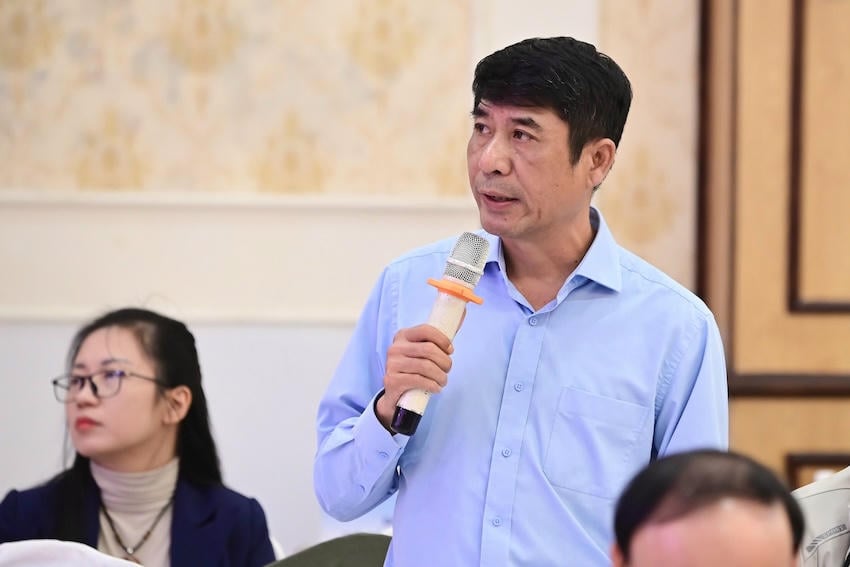
In recent times, dam safety management has received attention from the Party, the State, central ministries, branches and localities. Thanks to that, despite the continuous occurrence of extreme rain and floods, in 2025, there were no major incidents with large reservoir projects.
Although the implementation of legal regulations on dam safety management is quite good in especially important reservoirs (managed by the Ministry of Agriculture and Environment) and in large reservoirs (managed by localities), there are still some contents with low implementation rates (in the group of medium and small reservoirs managed by communes). For example, 30% of reservoirs have emergency response plans, 51% of reservoirs have protection plans, 9% of reservoirs have dam safety inspections, 31% of reservoirs have operating procedures, 19% of reservoirs have specialized hydrometeorological monitoring equipment installed, and only 11% of reservoirs have markers marking the protection range...
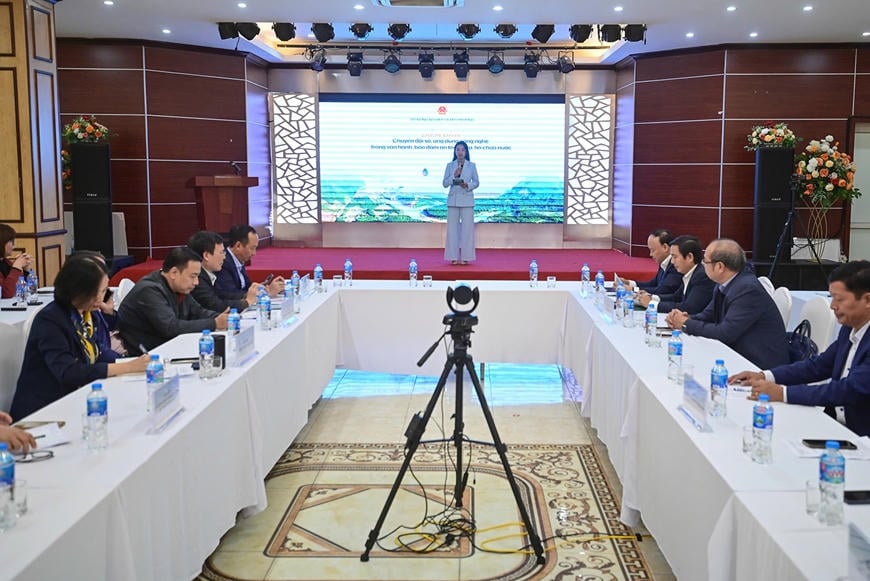
The Ministry of Agriculture and Environment has built an electronic information page http://thuyloivietnam.vn since 2016, in which most of the irrigation reservoirs are stored on the software. However, only about 900 reservoirs have relatively complete technical parameters, the remaining reservoirs lack a lot of information.
According to Mr. Phan Tien An, through monitoring, the level of technology application in dam safety management is still low. Most of the 17 dam safety management contents are currently performed manually, especially in groups of medium and small reservoirs managed by localities. This leads to slow implementation progress, low completion rate, and high required funding.
The construction and management of dam and reservoir databases of localities are still scattered, manual, and not synchronized on a common platform. Therefore, the work of synthesizing and grasping the database, operating reservoirs to serve management and direction is very difficult, time-consuming and laborious, affecting the timeliness in supporting decision-making, especially during times of heavy rain and floods.
Rapid industrialization and urbanization have caused negative impacts. Infrastructure in low-lying areas, valleys, and riverside areas has reduced space to contain and drain floods. Construction of transportation infrastructure does not have enough capacity to drain floods. Therefore, the need to operate reservoirs to reduce floods and ensure safety in downstream areas has become more urgent.
To modernize the set of calculation tools to support the operation of irrigation works, Dr. Nguyen Van Manh - Head of Science and Technology Department (Institute of Water Resources Planning) proposed promoting artificial intelligence (AI), data transmission technologies in all weather conditions; continuing to upgrade forecast quality, integrating AI.
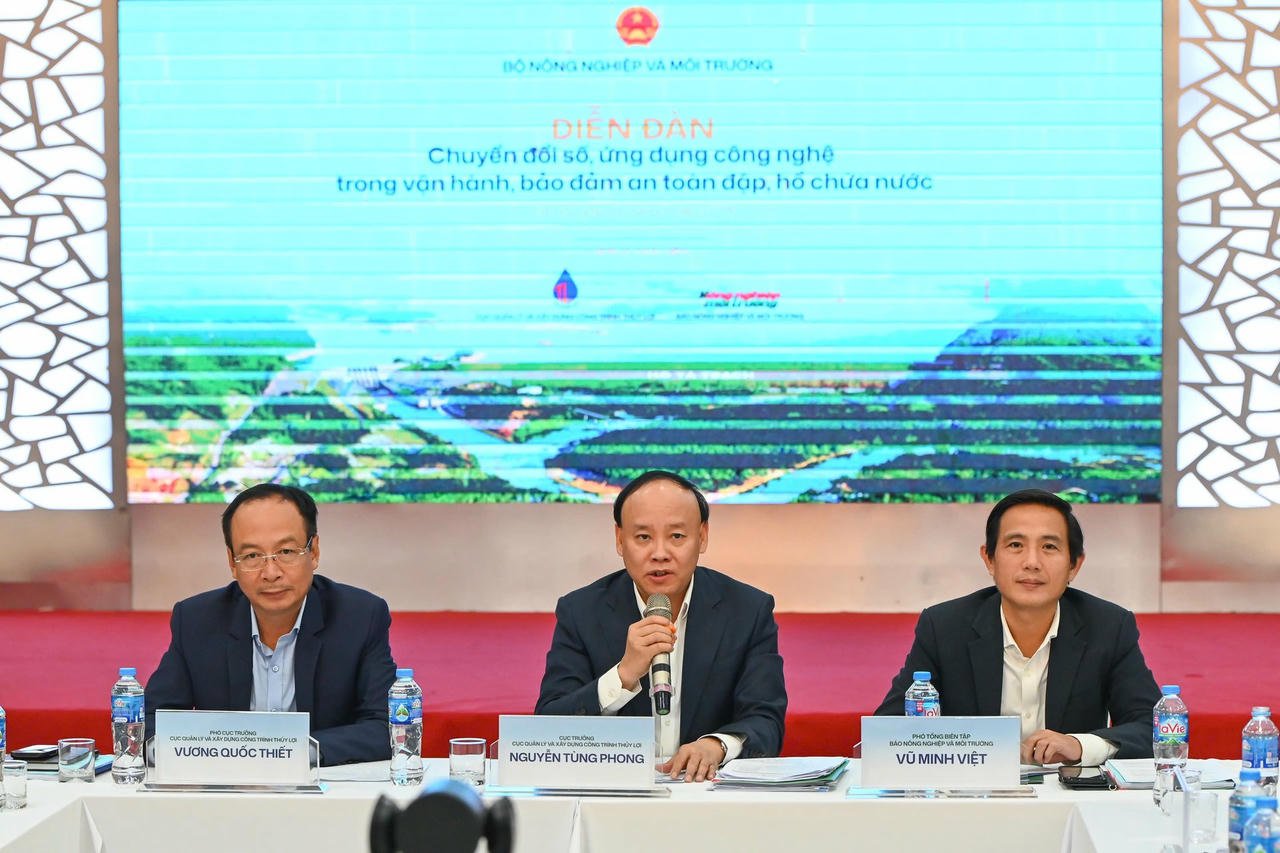
Continue to invest in upgrading calculation models. Amend the guidelines for building downstream flood maps in a simple and open manner to apply new technologies such as digital copies and LBS (Location-Based Services) technology. At the same time, soon connect data within the Ministry of Agriculture and Environment to be able to exploit and update terrain data (DEM/LiDAR) and high-resolution satellite images.
Attending the Forum, citing the effectiveness of the application of the Integrated Early Warning System (DSS) and remote sensing technology as deployed in Quang Tri, a representative of the Vietnam Institute of Water Resources emphasized that this is a concrete demonstration that Vietnam is fully capable of mastering and applying advanced technologies to proactively prevent and combat natural disasters and ensure reservoir safety.
To replicate and maximize the effectiveness of research products, the Institute's representative proposed to incorporate the Integrated Flood Risk Map into land use planning and as a legal basis for disaster prevention. At the same time, standardize and legalize automatic communication channels (Apps/Social Networks) to ensure that warning messages reach people in the fastest time.

Speaking at the Forum, Director of the Department of Irrigation Works Management and Construction Nguyen Tung Phong emphasized that digital transformation and the application of modern technology in the operation and safety of dams and reservoirs are inevitable steps in the process of modernizing the irrigation sector. This is not only a technical task but also a long-term strategy, contributing to ensuring water security, population safety, sustainable agricultural development and climate change adaptation.
One of the key solutions and most urgent requirements today is to improve the legal system through issuing standards on databases, monitoring, real-time operations, establishing a mechanism to support priority funding for installation, leasing, and using technology for disadvantaged localities, and strengthening inter-sectoral coordination.
The key role belongs to the Ministry of Agriculture and Environment in building the legal corridor, technical standards and national digital infrastructure. However, localities also need to be proactive in completing databases, investing in equipment, training human resources and coordinating inter-sectoral and inter-provincial cooperation.
Source: https://baophapluat.vn/ung-dung-khoa-hoc-cong-nghe-chia-khoa-cho-van-hanh-cho-an-toan-ho-dap-chua-nuoc.html


![[Photo] Visit Hung Yen to admire the "wooden masterpiece" pagoda in the heart of the Northern Delta](/_next/image?url=https%3A%2F%2Fvphoto.vietnam.vn%2Fthumb%2F1200x675%2Fvietnam%2Fresource%2FIMAGE%2F2025%2F11%2F21%2F1763716446000_a1-bnd-8471-1769-jpg.webp&w=3840&q=75)
![[Photo] President Luong Cuong receives Speaker of the Korean National Assembly Woo Won Shik](/_next/image?url=https%3A%2F%2Fvphoto.vietnam.vn%2Fthumb%2F1200x675%2Fvietnam%2Fresource%2FIMAGE%2F2025%2F11%2F21%2F1763720046458_ndo_br_1-jpg.webp&w=3840&q=75)


![[Photo] National Assembly Chairman Tran Thanh Man holds talks with President of the Senate of the Czech Republic Milos Vystrcil](/_next/image?url=https%3A%2F%2Fvphoto.vietnam.vn%2Fthumb%2F1200x675%2Fvietnam%2Fresource%2FIMAGE%2F2025%2F11%2F21%2F1763715853195_ndo_br_bnd-6440-jpg.webp&w=3840&q=75)
![[Photo] General Secretary To Lam receives President of the Senate of the Czech Republic Milos Vystrcil](/_next/image?url=https%3A%2F%2Fvphoto.vietnam.vn%2Fthumb%2F1200x675%2Fvietnam%2Fresource%2FIMAGE%2F2025%2F11%2F21%2F1763723946294_ndo_br_1-8401-jpg.webp&w=3840&q=75)
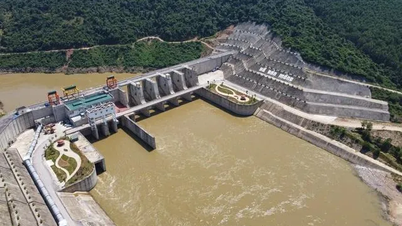

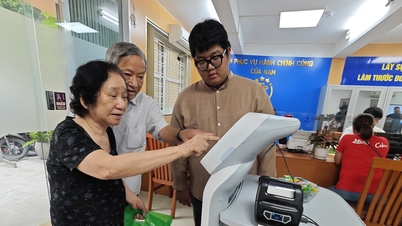





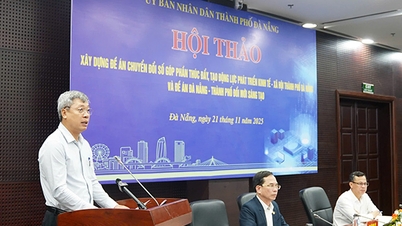











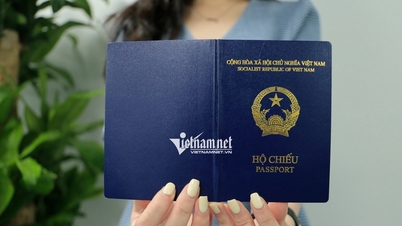





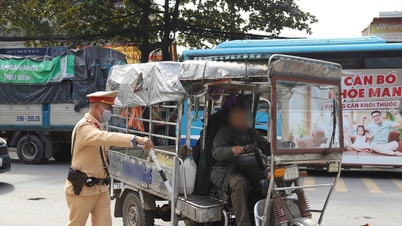
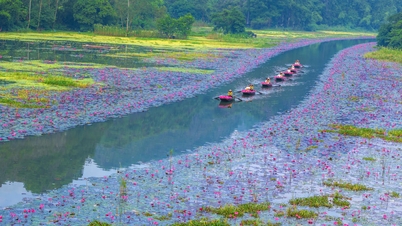


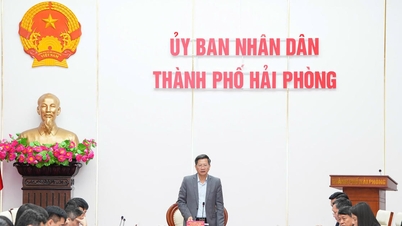













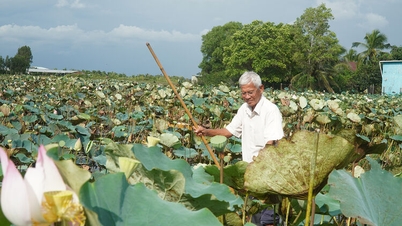









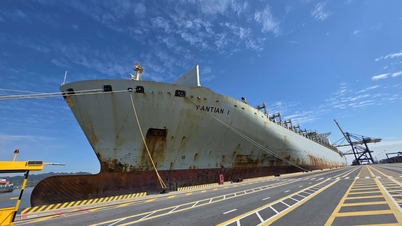












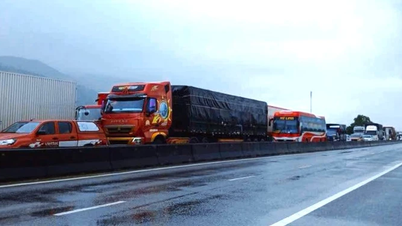




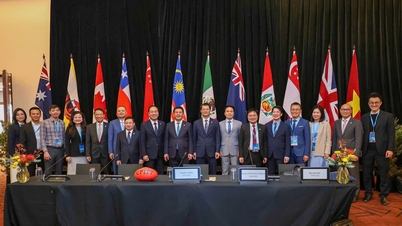































Comment (0)